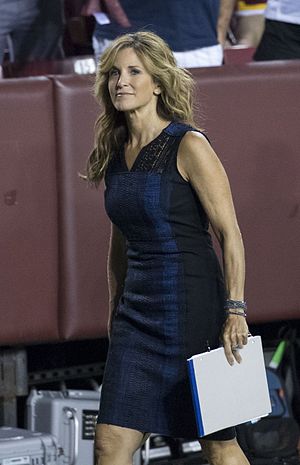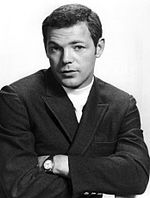Friz Freleng
Popular As Isadore Freleng (Friz, Yosemite Friz)
Birth Sign Leo
Birthplace Kansas City, Missouri, U.S.
DEATH DATE 1995-5-26, Los Angeles, California, U.S. (91 years old)
Nationality United States
Height 5' 4" (1.63 m)
#30858 Most Popular














